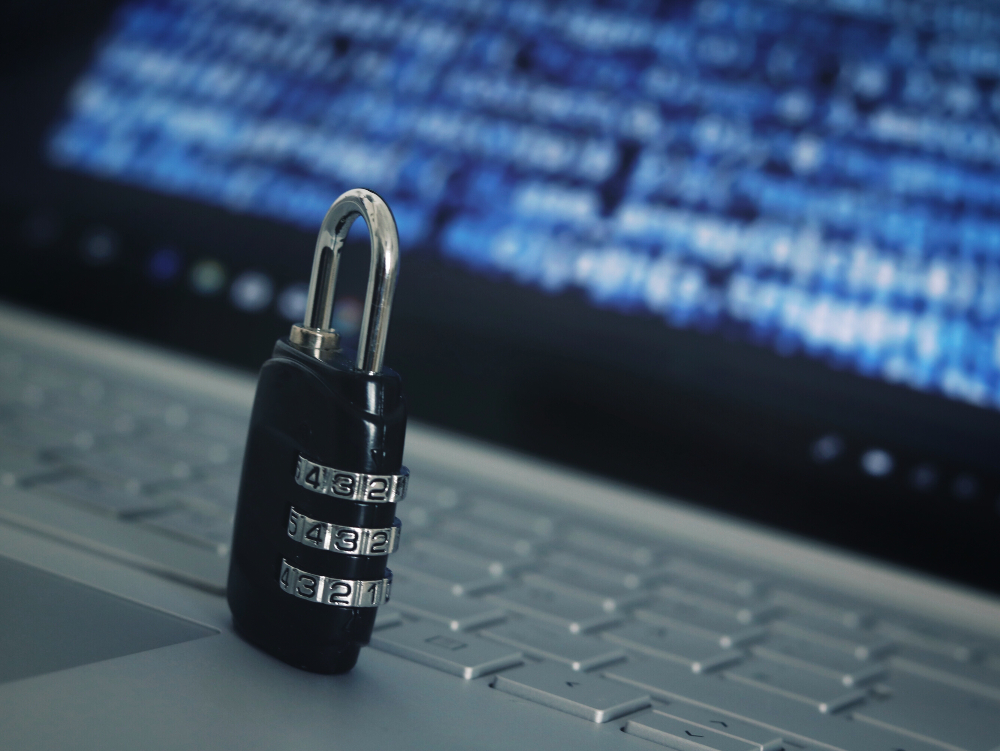Cybersecurity Made Easy: Affordable Options For SMB

cybersecurity
As the IT manager for your business, you try to make access as easy as possible.
It can be a balancing act to implement cybersecurity protocols and maintain ways to link to the internal network.
One way that you’ve found that works are a Server Message Block (SMB).
A Windows-based network protocol, SMB permits systems on the same network to share files.
For instance, an employee can print a document of someone else’s printer if it’s within the SMB limits.
It sounds like a bulletproof way to protect a company’s network.
Unfortunately, nothing is invulnerable when it comes to computer networks.
Even if it’s dedicated to internal use, there’s still a way for blackhats to hack through the system.
This is why you need to implement security across the board. However, you don’t need to spend tens of thousands of dollars on development and hardware.
There are ways to find affordable options for a secure SMB. Here are a few suggestions.
Outsource
Yes, using a cyber risk management platform company will take a bite out of your budget.
Yet, if you can work out a monthly or quarterly payment plan, your return on investment will be well worth it.
Companies like Axio hire subject matter experts (SMEs) on cybersecurity.
They’ve seen SMB configurations like yours and know what’s needed to protect them from malicious activity.
In turn, you don’t need to deal with these issues regularly. Plus, you won’t get frustrated when you can’t find the right solution as your systems start to fail.
Multi-Factor Authentication
Multi-Factor Authentication (MFA) is a powerful cybersecurity tool that’s both simple and affordable.
While there is an investment in the platform to monitor actions, the application itself is available for free on Android and Apple stores.
MFA adds another layer of certification to SMB access. For instance, an employee needs access to files on another person’s computer because they aren’t in the office.
Active Directory provides one point of authentication to get into the remote computer.
MFA adds a second level by sending a numeric code to their smart device. Once that’s entered and verified, the employee gains access to those files.
Why is this so secure? Cybercriminals would need to gain possession of the employee’s smart device to obtain the code for access.
Without it, the risk of attack is greatly minimized.
Don’t Slouch On Updates
In your role within IT, you sometimes get backlash when you need to update systems with critical patches.
It usually comes in the form of, “Why? It’s working just fine.” If many employees grouse about it, other managers may ask you to postpone the updates, especially if they’re working on a large project.
Sadly, a delay of even a day can allow cybercriminals to find the vulnerabilities in your systems and break through the network.
Once they get access to SMB, they can do some horrendous damage to the company.
You can’t slouch on these updates. If there’s a large project taking place, then schedule the patch release for after working hours.
This is particularly true if the issues are so big that it makes the news websites and channels.
Upgrade Network Hardware
Again, there will be an initial investment, albeit an affordable one. The network equipment of today is more streamlined than in the past.
Thus, firewalls and routers can be purchased for a lot less.
Like outsourcing, the return on investment for hardware upgrades will be improvements in security and productivity.
If set up properly, network equipment can automatically reach out to the vendor sites for updates.
With updated rules and protections, your team is always ready for potential attacks.
The SMB network protocol is only an advantage when it’s well protected.
Without it, events like the WannaCry and EternalBlue campaigns happen.
Even though your business might not be as big as those attacked by these campaigns, it’s still dangerous.
Not only can you lose income but also personally identifiable information (PII) on clients and employees.
Perform due diligence to update your cybersecurity systems and network. If needed, outsource these routines to a company with SMEs who can detect problems before they occur. You and the company’s workers will sleep more comfortably.
Category: Business




